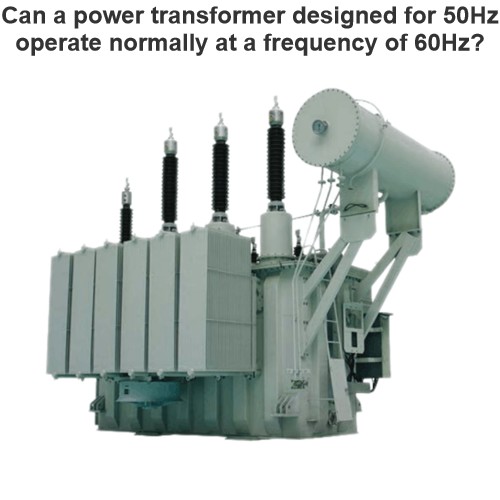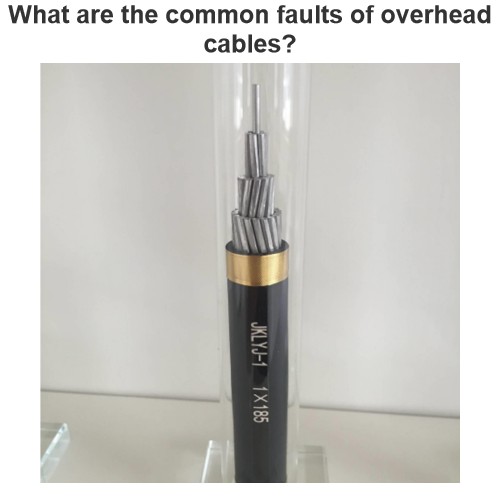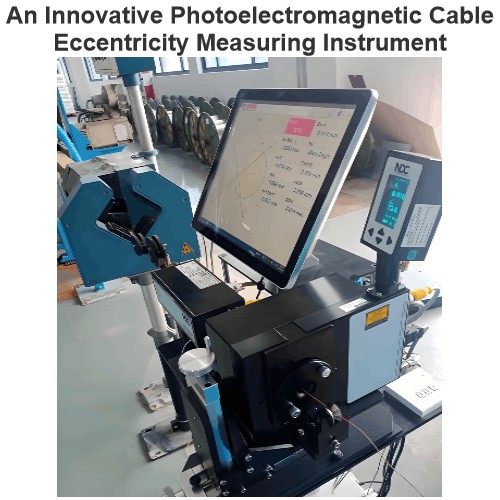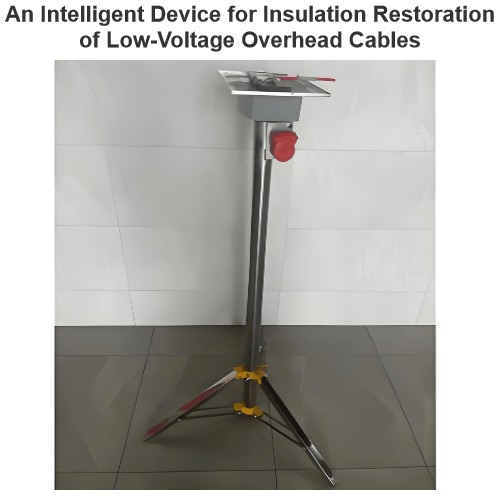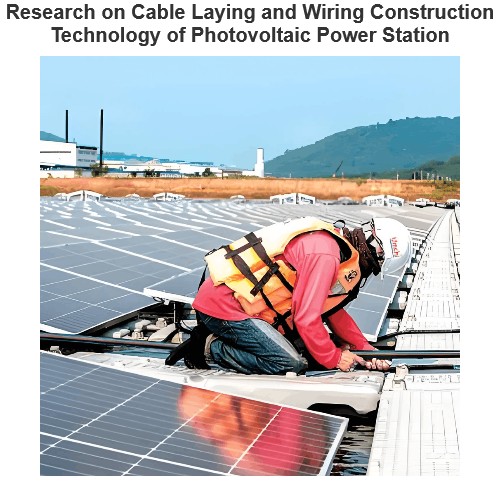| Brand | Wone Store |
| Model NO. | JDZW2-36 Outdoor Voltage Transformer |
| Rated frequency | 50/60Hz |
| Primary voltage | 33kV |
| Secondary voltage | 110V |
| Series | JDZW |
Product Overview
JDZW2-36 voltage transformer, outdoor epoxy resin casting and double pole insulated VT, is widely used for measuring current, electric energy and protective relaying in the isolated neutral system with the frequency 50Hz or 60Hz and insulation voltage 36 kV (Up to 40.5kV).
The iron core adopts advanced cold-rolled silicon steel sheet. High voltage outgoing line of primary winding was fetched out from top of the product; outgoing line of secondary winding was fetched out from transverse side of the product.
Key Features
Fully Enclosed Insulation Structure:The product features a fully enclosed post-type structure with an outer silicone rubber insulation layer, effectively resisting pollution and moisture. This design not only enhances moisture resistance but also significantly improves anti-fouling flashover performance, making it ideal for high-pollution outdoor environments and ensuring long-term reliable operation under harsh conditions.
High-Precision Voltage Transformation:This voltage transformer accurately measures voltage, converting 36kV high voltage into low voltage suitable for measurement and protection devices. With voltage ratio error controlled within a minimal range, it meets high-precision metering and protection requirements, providing reliable voltage data for power system stability and ensuring timely and accurate operation of relay protection devices.
Compact, Lightweight & Easy Installation:Thanks to the fully enclosed epoxy resin casting process, the transformer is compact, lightweight, and can be installed in any position and orientation. It offers a convenient installation solution for space-constrained locations such as substations and outdoor distribution boxes, saving installation space and costs.
Excellent Electrical Performance:Equipped with a built-in fuse, the transformer quickly cuts off the circuit during faults to protect the voltage transformer (PT), with easy fuse replacement. The secondary outlet terminals are sealed with metal protective covers to prevent foreign objects from entering, further enhancing electrical insulation performance and safety while reducing the risk of faults caused by electrical connection issues.
Main technical parameter
Rated primary voltage:30 kV or 33 kV or 35 kV etc.
Rated secondary voltage:100 V or 110 V
Rated power-frequency withstand voltage: 70kV
Rated lightning impulse withstand voltage: 170kV
Technical standard accords with IEC 60044-2.2003.
Other parameters pls see as follow:

Remarks: Upon request we are glad to offer transformers according to other standards or with non-standard technical specs.
Outline drawing


